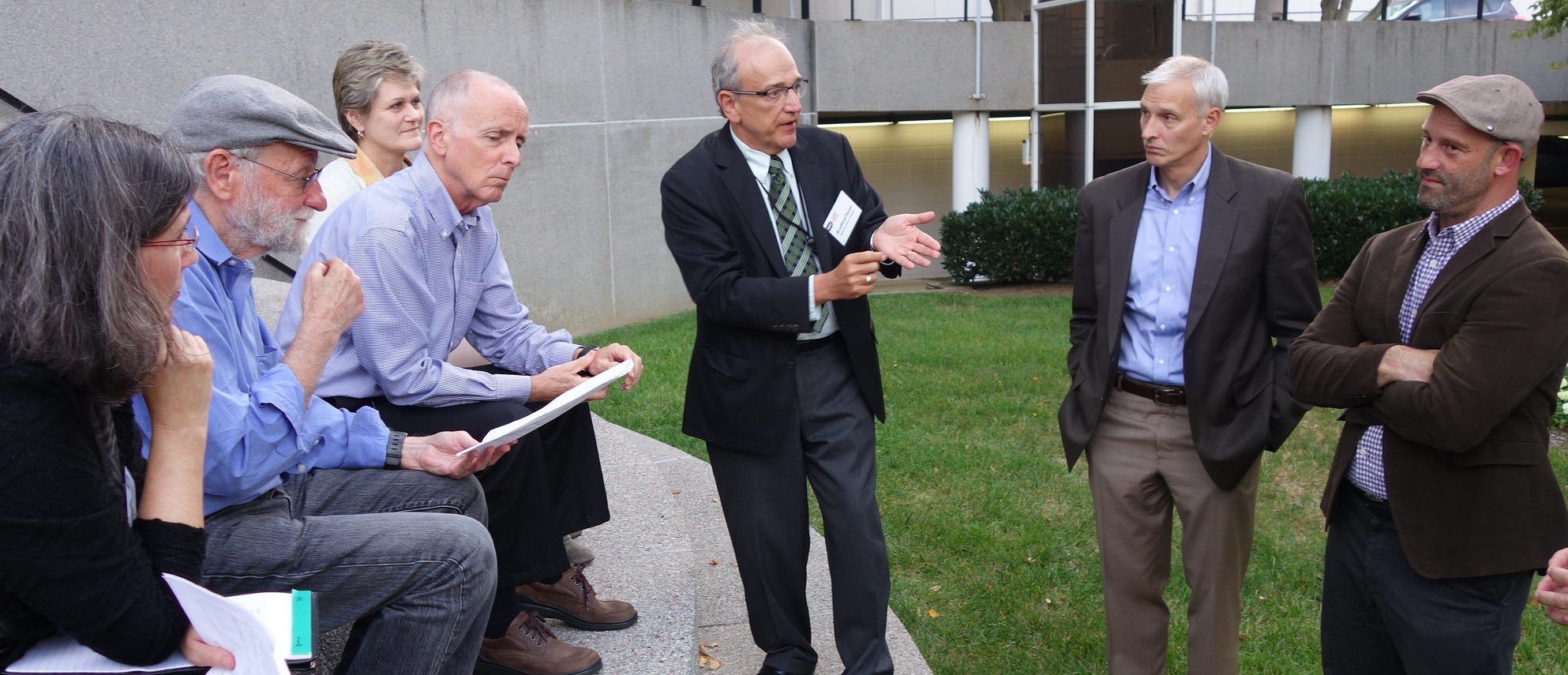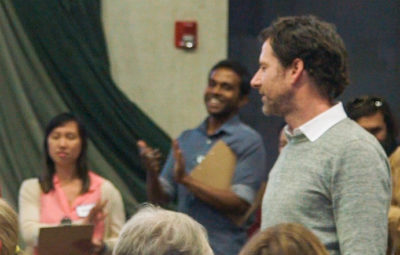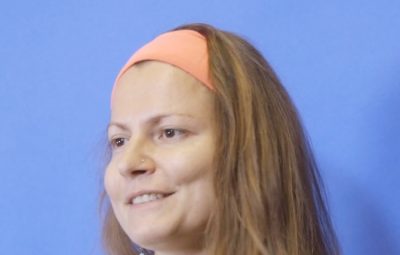On October 20 and 21, the Design Lab jointly organized a workshop with the National Cancer Institute (NCI) at their headquarters in Bethesda, Maryland. The workshop focused on Human Systems Integration (HSI), which is a rapidly growing field involving the analysis, design and assessment of human interactions with complex sociotechnical systems and products (e.g., aircraft, spacecraft, mobile devices, web sites). NCI is part of the National Institutes of Health (NIH), which is one of 11 agencies that comprise the U.S. Department of Health and Human Services (HHS).
In Bethesda, the Design Lab had the unique opportunity to help the Healthcare Delivery Research Program (HDRP) at NCI plan for a new set extramural funding opportunities associated with HSI in healthcare. Prior to the meeting, the Design Lab held frequent conference calls with NCI over a period of months to select the participants for the workshop and devise a schedule. In total, the Design Lab brought together approximately 20 cancer researchers, healthcare delivery experts and HSI designers from UC San Diego, the University of Texas MD Anderson Cancer Center, the University of Pittsburgh, University of Texas, University of Maryland, University of Toronto, Georgia Institute of Technology, Embry-Riddle Aeronautical University and other institutions including attendees from the Federal Communications Commission and Centers for Medicare and Medicaid Services.
The workshop generated considerable interest among health policy makers in Washington, D.C. and follow-up efforts are already underway. In fact, the Design Lab will host a Spring 2017 meeting of West Coast stakeholders in the HSI and cancer research fields.
All photos provided by Ben Shneiderman










